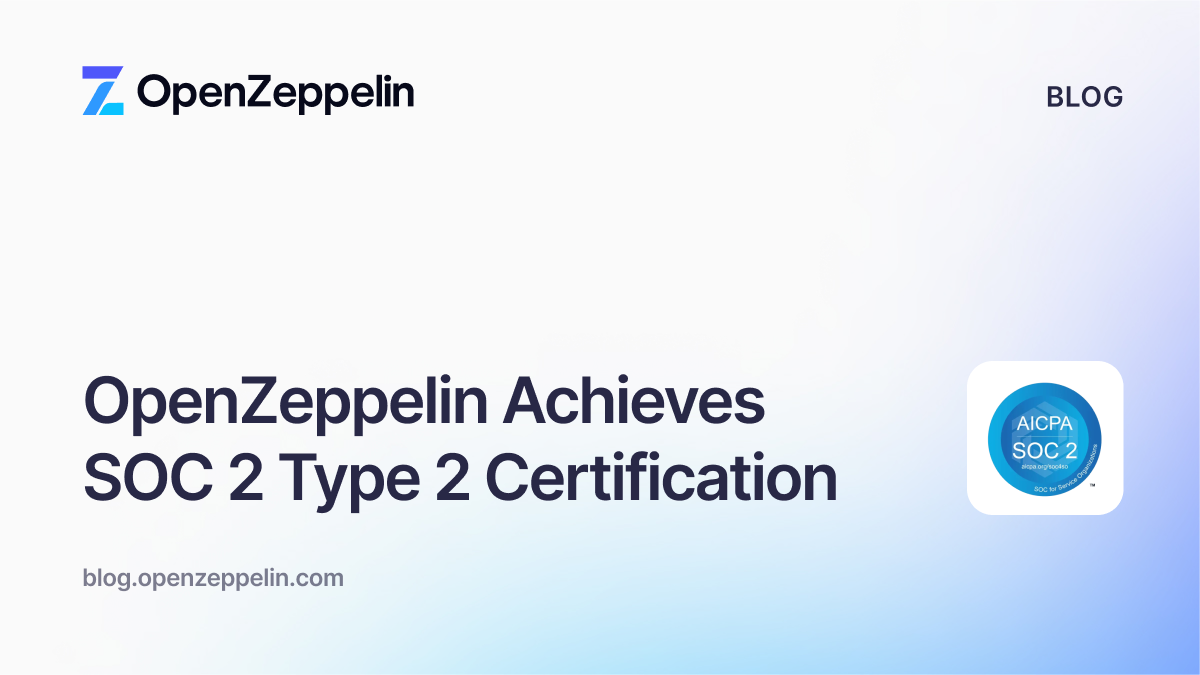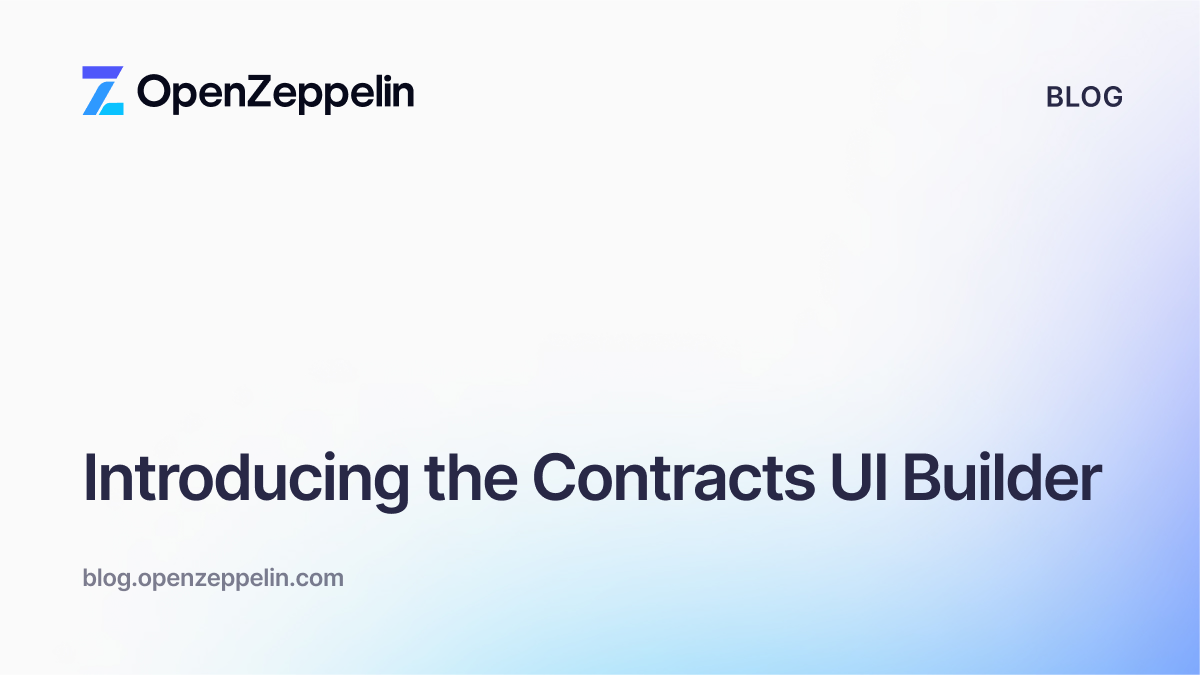Thank you for your interest in this post! We’re undergoing a rebranding process, so please excuse us if some names are out of date. Also have in mind that this post might not reference the latest version of our products. For up-to-date guides, please check our documentation site.
The platform for developing, deploying, and operating smart contract projects.
We released the first version of ZeppelinOS in May 2018 at ETHBuenosAires. Since then, we have been delighted by the positive response from the community. ZeppelinOS had 16,000+ downloads, and it’s currently being used by projects such as Coinbase and Circle’s CENTRE, Decentraland, NYDFS-approved stablecoin Paxos, and Set Protocol, among others. Today, we’re excited to announce ZeppelinOS 2.0.
What’s new in ZeppelinOS 2.0?
The goal of ZeppelinOS is to become the canonical platform for secure smart contract development. To accomplish this, we’ve introduced four major improvements in our newest version:
#1: New architecture with support for EVM packages
One of the greatest additions to ZeppelinOS 2.0 is its support of EVM packages.
ZeppelinOS 1.0 allowed projects to link their applications to an on-chain standard library, providing developers with a set of common, reusable contracts. We found this to be an incredibly versatile tool that saved developers both time and gas costs.
EVM packages expand the concept of “on-chain standard libraries” to serve a far wider purpose. EVM packages function as reusable pieces of smart contract code that allow projects to fix bugs and make improvements in their applications without any additional costs. Instead of deploying a brand-new contract, projects can leverage on-chain building blocks created by other developers.
Moreover, projects that deploy their applications have the option of choosing whether or not they will operate as an EVM package. Developers must explicitly declare their code to be reusable to initiate their application’s on-chain architecture.
Today, twelve EVM packages are using ZeppelinOS, including Adex, Centrifuge, CoinFund, Dharma, District0x, Gnosis, LevelK, Livepeer, OpenZeppelin, RCN, Status, and TPL. This projects are part of the ZEP Token Private Beta (more about the Private Beta and how you can get involved below).

#2: Safer and cheaper upgradeability
ZeppelinOS 1.0 tackled the challenge of upgradeability: the ability to modify the logic of a smart contract that has already been deployed to the Ethereum blockchain. However, as the community began using upgradeable smart contracts, concerns arose over security and complexity.
That is why with ZeppelinOS 2.0 we have concentrated our efforts into making the upgrading process safer, cheaper, and seamless.
To improve security, we’ve added several off-chain security checks— initialization checks, storage layout checks, and safe code checks—for deploying upgradeable smart contracts. And, with the addition of EVM package support, projects will spend less gas fixing bugs and making improvements to their applications on-chain.
#3: New governance systems to manage upgradeability
When we first introduced ZeppelinOS to our users, they rightfully expressed concerns about centralizing all of their decisions to upgrade, and losing the opportunity to deploy alternative governance systems. We have addressed this issue by making ZeppelinOS 2.0 compatible with multiple decentralized decision-making systems already used by the community.
Users can now transfer control of their upgradeable smart contract applications to other well-known governance systems they’d prefer to use on ZeppelinOS, such as a Gnosis (https://blog.zeppelinos.org/exploring-upgradeability-governance-in-zeppelinos-with-a-gnosis-multisig/?utm_source=zos&utm_medium=blog&utm_%5Bmulti-signature wallet]campaign=zos-2-announcement).
This is the first step we are taking toward interfacing with decentralized project governance tools.
#4: Improved developer experience
Over the past five months, our user design team has been collecting valuable feedback from the community and finding ways to improve developer experience. As a result, ZeppelinOS 2.0 now offers a more streamlined and efficient interface, with respect to the CLI, terminology, and documentation.
ZEP Token Private Beta launch
In addition to the arrival of ZeppelinOS 2.0, we are also thrilled to introduce the ZEP Token Private Beta.
The Private Beta is an exclusive opportunity for a select number of projects to participate in developing and reviewing EVM packages on ZeppelinOS. The objective of the Private Beta is to foster the development of quality EVM packages, with the ultimate goal of including the greater community of smart contract projects in 2019.
To incentivize participants, projects accepted to the Private Beta will receive a share of ZEP tokens after deploying an EVM package on ZeppelinOS. If you are interested in learning more about how the ZEP token works, please read our ZEP Token Mechanics paper.
Private Beta participation is for ZeppelinOS partners, and we are opening it up for selected projects. If you wish to participate, read more about it or apply today.
Try ZeppelinOS 2.0 today
We believe ZeppelinOS 2.0 is a big milestone toward our mission to grow and secure the infrastructure of an open economy powered by blockchain technologies. Come and join us in this journey!
- Get started with ZeppelinOS with this step-by-step guide.
- Apply to get access to ZEP Token Private Beta. Applications are open until November 16.
- To learn the details of Zeppelin 2.0, check out the technical release notes.


